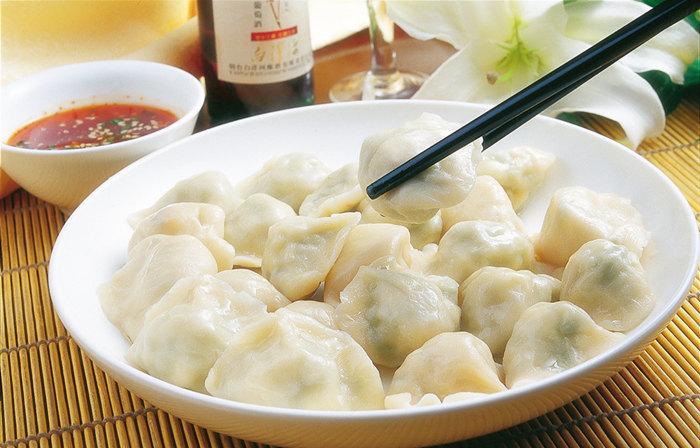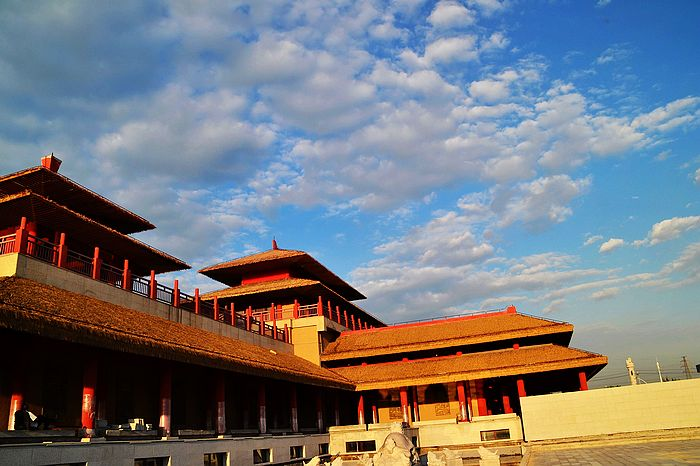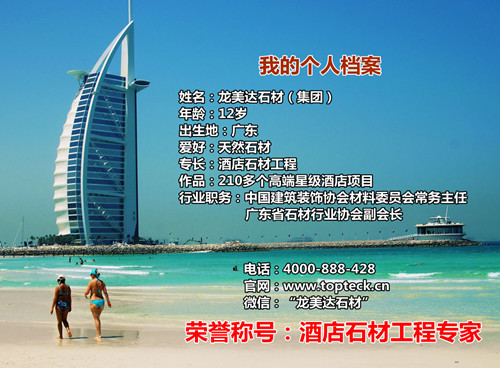Today is December 22, 2014. At 7:3 a.m., it is the last but one of the 24 solar terms -- the winter solstice. You must know that there is a winter solstice. Maybe you will eat dumplings today, because you know it is a traditional custom.
As for the 24 solar terms, it can be said that many Chinese people are unfamiliar with them. This shall not be taken into account. I just want to say that everyone must know the "Winter Solstice". Because we treat it not only as a solar term, but also as a festival.

As early as 2500 years ago in the Spring and Autumn Period, our ancestors had used an instrument called Tugui to observe the sun and measured the winter solstice, which was the earliest of the 24 solar terms.
We know that on the winter solstice, the position where the sun shines directly on the ground reaches the southernmost point of the year. In other words, the winter solstice is the shortest day and the longest night in the year in our northern hemisphere.
At the beginning, people measured the winter solstice as the beginning of the new year. Why? At that time, people believed that since the winter solstice, the heaven and earth began to grow stronger and stronger, representing the beginning of the next cycle, which was the auspicious day.
Therefore, until now, the Han people have the custom of worshiping ancestors and having family meals on the winter solstice. In any case, the winter solstice means that the New Year is approaching, and it is a very important day. Therefore, people regard the Winter Solstice as a festival day. This custom began in the Han Dynasty and has been followed up to now.

Here, by the way, the 24 solar terms are used to popularize Chinese traditional culture. The Twenty four Festivals are the crystallization of the wisdom of the Han working people, and they still deeply influence and guide the agricultural production in the vast rural areas of China today.
The names of the 24 solar terms reflect three kinds of seasons, phenological phenomena and climate change, two each month, one festival and one atmosphere. The orthodox 24 solar terms in China are based on Henan, which belonged to the Central Plains in ancient times and is the birthplace of Chinese culture.
On May 20, 2006, the Twenty four Solar Terms, as a folk custom project, was approved by the State Council and included in the first batch of national intangible cultural heritage lists. In April 2014, the Ministry of Culture of China officially launched the application for the inclusion of the "Twenty four Solar Terms" in the UNESCO "Intangible Cultural Heritage of Humanity". As Chinese people, we certainly look forward to the successful application of this precious cultural heritage.
There are 9 days left in the Gregorian calendar 2014, but as a real Chinese, as a Han, we still have 58 days left for the New Year. But here, Longmeida Stone Group still wishes you a happy New Year's Day 9 days later and a happy Year of the Goat 58 days later. Today is the first day of November in the lunar calendar, and the new year is two months away.

Inherit precious culture and carry forward Chinese civilization. Living in the modern society, you have the right not to know the cultural heritage left by your ancestors, but you must have the obligation to leave precious heritage for future generations.
Creating works of appreciation level is only precious for inheritance. Longmeida Stone Group, the hotel stone engineering expert and the first brand of Seiko stone, if you are lucky, please join us (4000-888-428) to create a precious and inheritable high-quality stone project.
